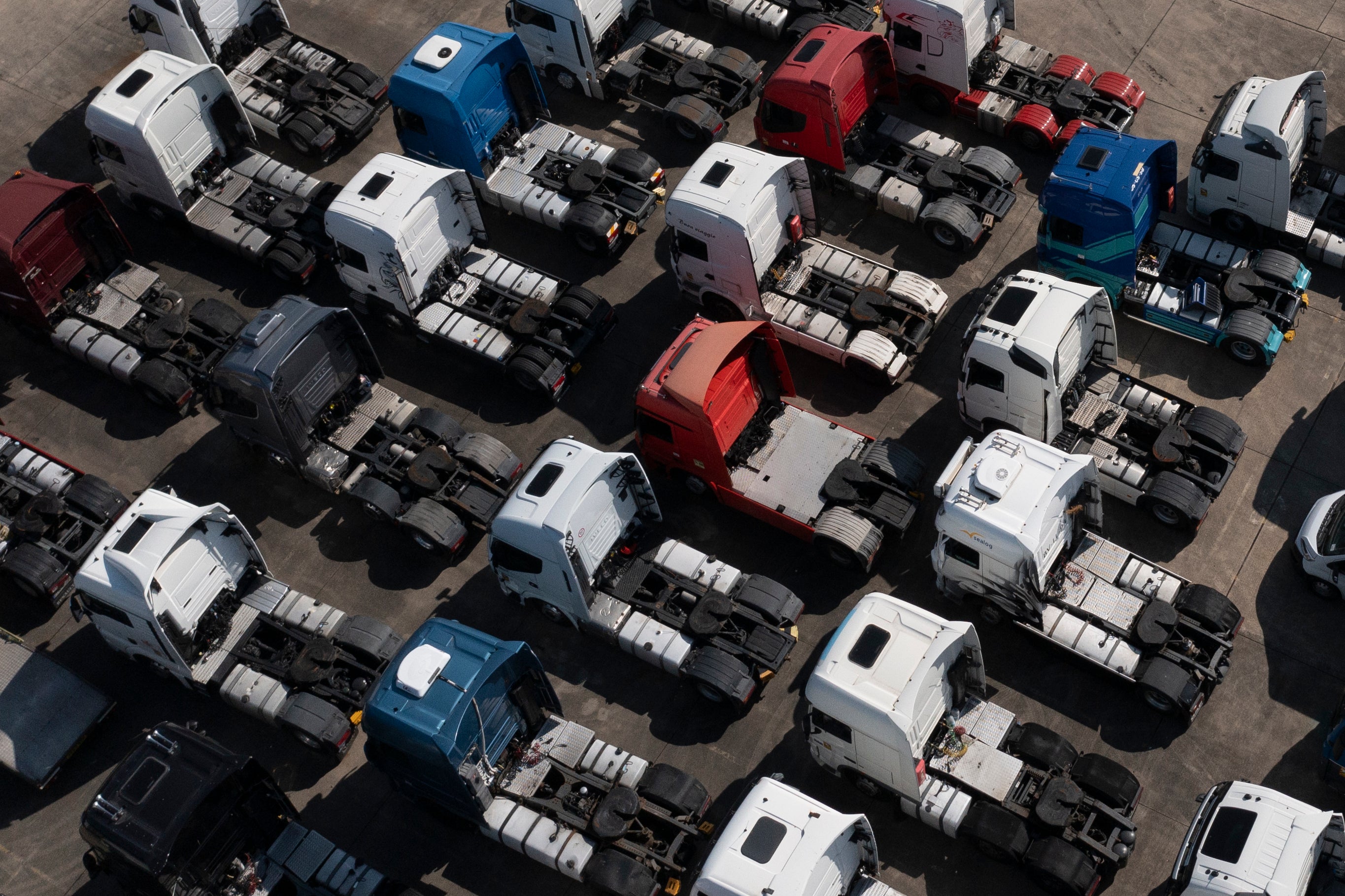The economic clouds on the horizon for 2022
Vaccine inequality, supply chain breakages, rising interest rates and US-China tensions will weigh on the world economy in 2022, writes Phil Thornton


Happy new year? Hopes that 2022 would herald a happier and more prosperous 12 months after the economic volatility of 2021 were dealt an early blow by the emergence of a new Covid-19 variant, but there are plenty of other challenges for the world economy in 2022.
Inevitably, the evolution of the pandemic will continue to be the most important driver of trends in both global economic and financial market outcomes. With the Omicron variant, governments across Europe – and doubtless soon in Asia and the Americas – will start to impose restrictions if case numbers, and particularly hospitalisations or deaths, rise.
But that is unlikely to be the end of the story. There are many more letters to go in the Greek alphabet, and the emergence of this variant is a reminder that the west will continue to reap the harvest of its failure to ensure an equitable supply of vaccines. The pandemic has yet to become boringly endemic. According to the campaign group ONE, at the end of the last full week before Christmas there had been just 20 vaccinations administered per 100 people in Africa, with almost 140 in Europe and 133 in North America.
This has led to anger at the failure of rich countries to live up to their promises to share vaccines with poorer nations. ONE says that some 43.2 per cent of the world’s population – 3.4 billion people, predominantly in low and lower-middle income countries – have not received any vaccine doses. The World Health Organisation set a target for every country to vaccinate 10 per cent of its population by the end of September. Yet 56 countries effectively excluded from the global vaccine market were not able to reach this target – most of them in Africa.
Vaccine delivery will not be the only supply problem in 2022. The outgoing year was about the impact of the biggest demand shock for goods in decades, which overwhelmed the supply chain infrastructure. Next year may see more of the same. Assuming that global demand stays strong, boosted by household savings built up in many developed economies, it seems unrealistic to imagine that supply chain blockages will be fully over soon.
As Kallum Pickering, a senior economist at Berenberg bank, points out, it may take two years or more for supply growth to close the gap on demand growth to the extent that real economic performance is no longer impaired by shortages.
Away from the big issues, all eyes will be on the economy of the United States. The potential collapse of the $1.75bn Build Back Better bill will pull the rug from under a much-needed investment programme. If the Republicans win control of Congress in the midterm elections in November, political deadlock looks baked in.
Meanwhile, the inflationary pressures fuelled by the supply chain crisis and strong demand will lead the Federal Reserve to start to raise interest rates: perhaps three times in 2022, with another five hikes over the following two years to take the interest rate to 2.0-2.25 per cent. As these hikes push up rates in capital markets, the rest of the world will have to deal with higher borrowing costs. Businesses and consumers will be hoping the European Central Bank (ECB) does not follow suit.
Indeed, on the other side of the Atlantic, one of the biggest risks is that either the ECB repeats its risk of raising interest rates too soon, as it did in 2011, or member states again embark on a premature round of austerity. The ECB should leave policy rates at their current level or lower until it sees inflation reaching the 2 per cent target “well ahead of the end of its projection horizon”, pushing any hike two years out – if not further.
While the central bank has become better at signalling, the same cannot be said for member states. The hope is that they spend 2022 slowly talking about reform to their fiscal rules while expanding the flexibility to foster green investment and promote growth – rather than actually tightening the purse strings.
Overhanging all this is the worry that geopolitical tensions will remain between the US and China, as the two economic superpowers appear locked into a long-term competition. While the mood has improved since the swearing in of Joe Biden as president, there is bipartisan support in Washington – and popular backing in the country – for a tough stance on China.
Relations are bound to remain tense on multiple fronts. Standard Chartered bank says the US is likely to challenge China on human rights and geopolitical issues, while Beijing will continue to respond to being frozen out of major high-tech contracts by investing more in developing home-grown technology.
The coming year will bring a fresh crop of innovations, inventions and ideas – but they may again be overshadowed by the day-to-day problems that come with operating a global economy.






Join our commenting forum
Join thought-provoking conversations, follow other Independent readers and see their replies
Comments